A postcard from Malmö’s Southern Sweden Design Days 2025
Southern Sweden Design Days offers a more gentle approach to a design festival, and an opportunity to discover new talent
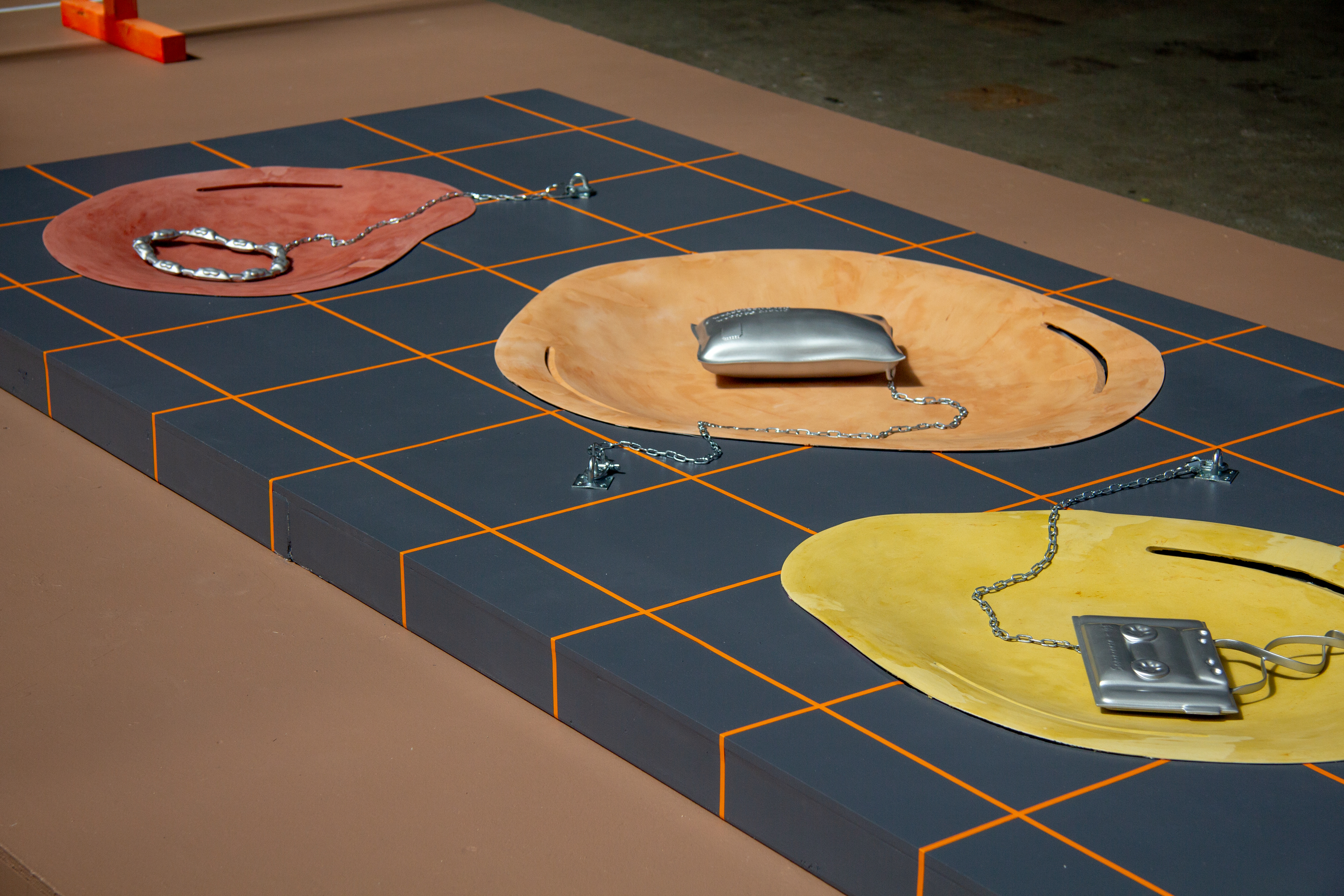
Across the long bridge from its hip international neighbour Copenhagen, and 600km south of the buzzing Swedish capital of Stockholm, Malmö may not be the obvious choice for a design festival. Each May, however, the city – Sweden’s third largest – hosts Southern Sweden Design Days, a regional celebration of creativity (which this year ran 22-25 May). The four-day event activates both a festival hub in a former train workshop on the city outskirts, and a constellation of shops, studios, galleries and more across Malmö.
The design community in Malmö is nascent, even though it includes well-established names. There is no design school here, but there is the Form/Design Center, a non-profit institution located in the city’s historic district that organises the festival, which began in 2021.
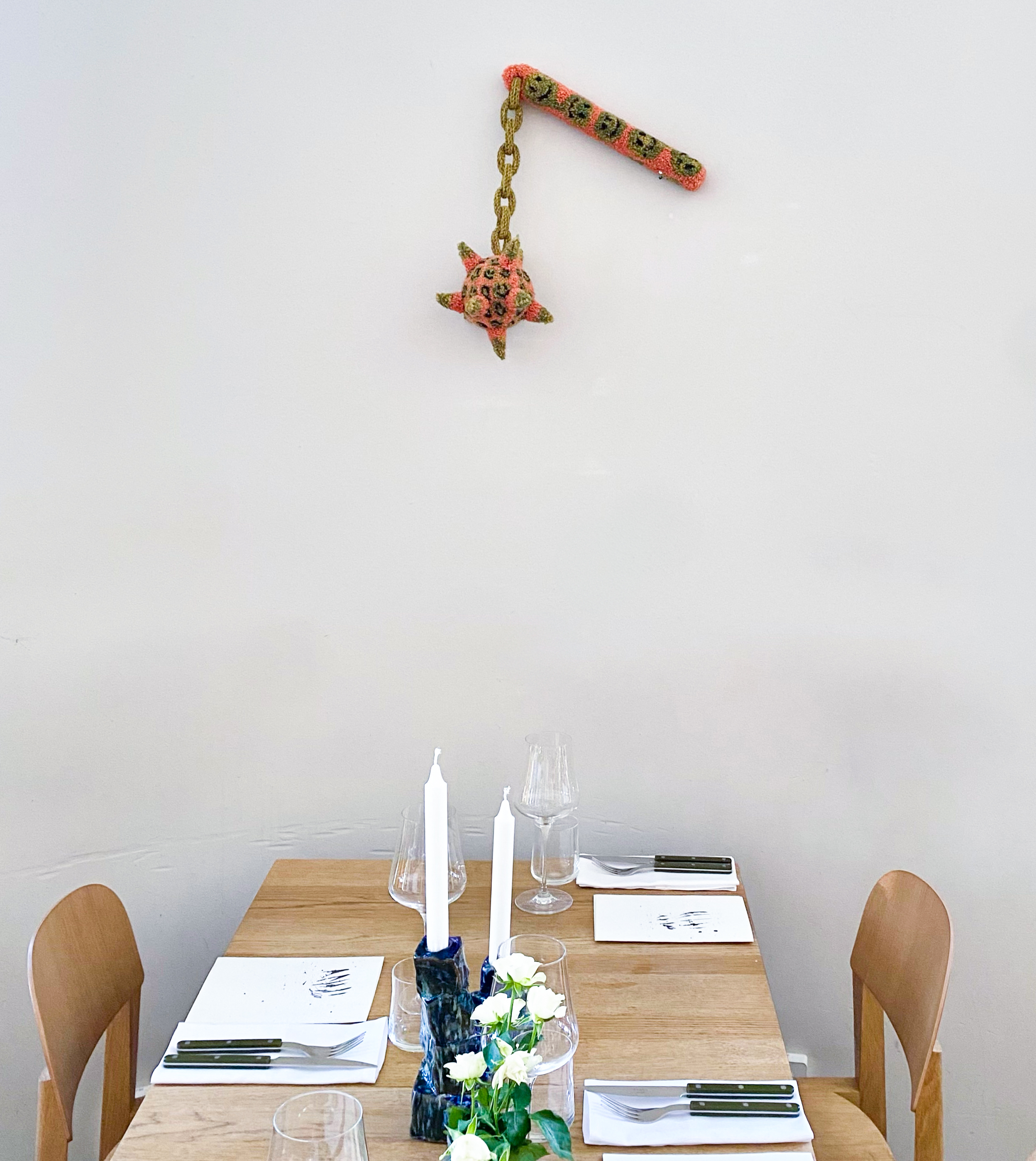
Amanda Monceau's 'Morning Star' on the wall at BISe restaurant
Instead of taking its cues from the big events put on by Stockholm (see our report from Stockholm Design Week 2025) and Copenhagen, Southern Sweden Design Days instead looks to more bottom-up, DIY, student-inclusive festivals such as Dutch Design Week in Eindhoven. The atmosphere is certainly noticeable: in Malmö you won’t get the scale and the polish of something like Copenhagen’s 3 Days of Design, but what is offered is a more gentle approach to a design festival, and an opportunity to discover new talent.
The designers in Malmö are focused on collaboration, and often seem to be friends with one another – such is the way in a smaller city. The event is inclusive, but would perhaps benefit from more curation and refinement, as well as to grow. The potential is certainly there – and Malmö seems primed to catalyse it.
Malmö: Southern Sweden Design Days 2025 highlights
Going Pro
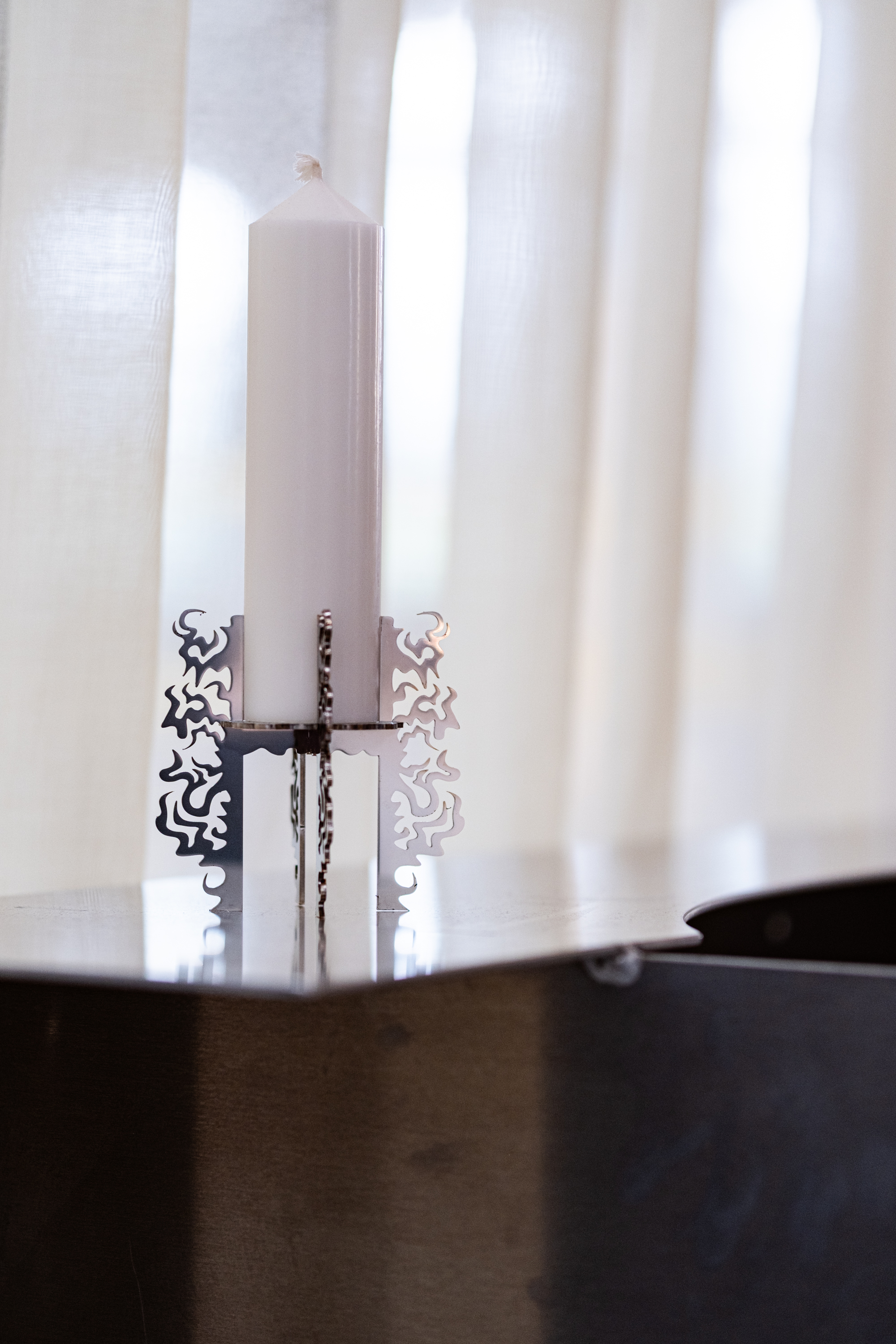
A candle holder and shelf by My Comet at 'Going Pro'
In the cavernous and industrial festival hub venue, Lokstallarna, ‘Going Pro’ showcased the work of ten designers from Form/Design Center’s business development programme. It was a diverse and buzzy mix, from fashion and furniture to textile design and lighting. Particular standouts included My Comét, whose furniture and homeware features intricately decorative metal pieces; Daniela Doe, whose hand-tufted ‘Fruit Sticker Rug’ felt poppy and clever; and Eva Ericsson, whose screen-printed textile was striking for its sumptuous pattern that seemed to reinterpret folk art through a colourful contemporary lens.
Jenny Nordberg
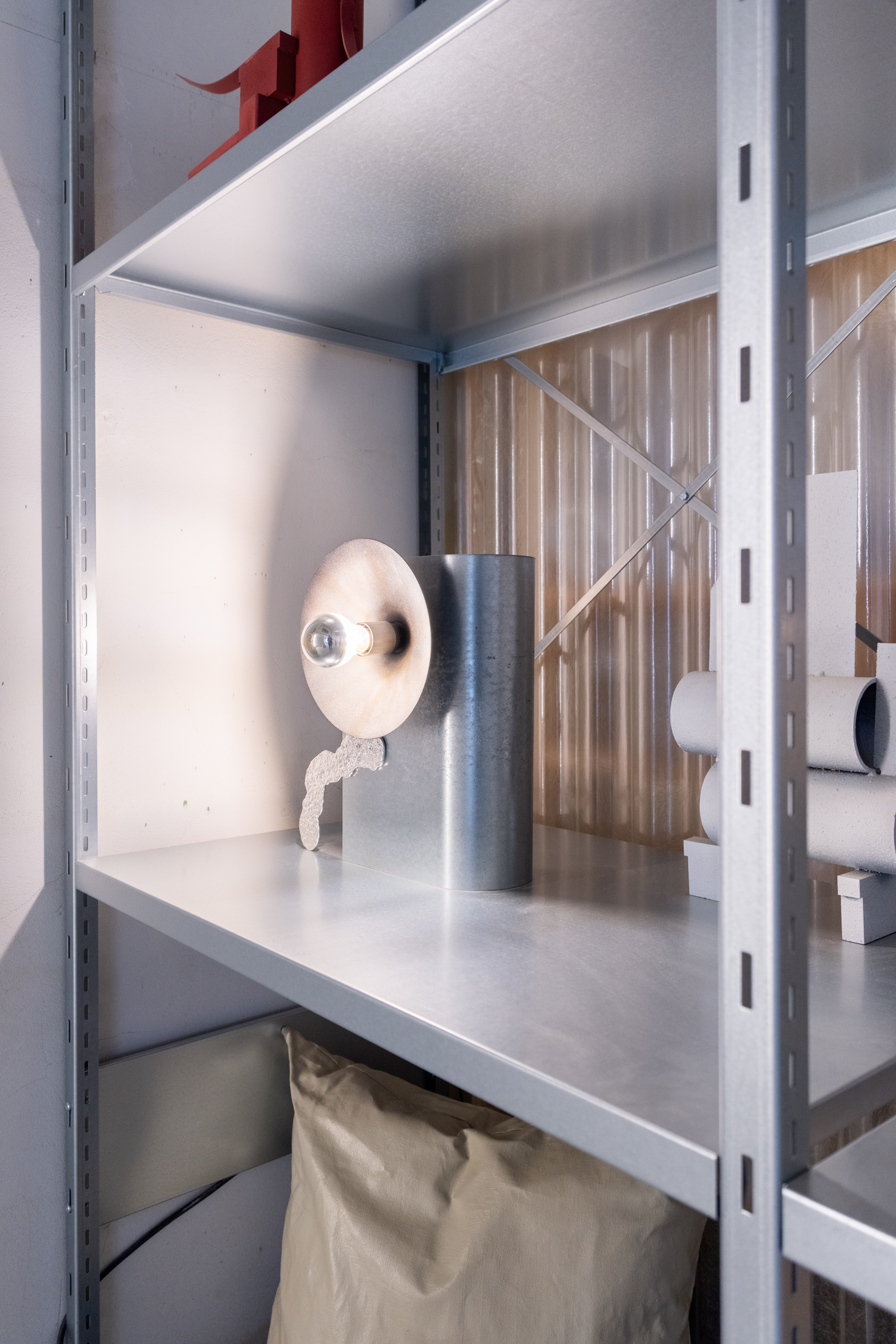
A range of works was on show at Jenny Nordberg's Malmö studio, which opened to visitors for Southern Sweden Design Days
One of Sweden’s most exciting contemporary designers, Nordberg opened up her new Malmö studio for Southern Sweden Design Days. It was a chance to see her stunning work up close: a cube covered in melted pewter; an oversized candle holder made from Murano glass bricks; a mirror made using liquid silver; a cushion with a playful sad face in pewter. She also hosted events in the space, including a sound bath and communal meals.
Weave!
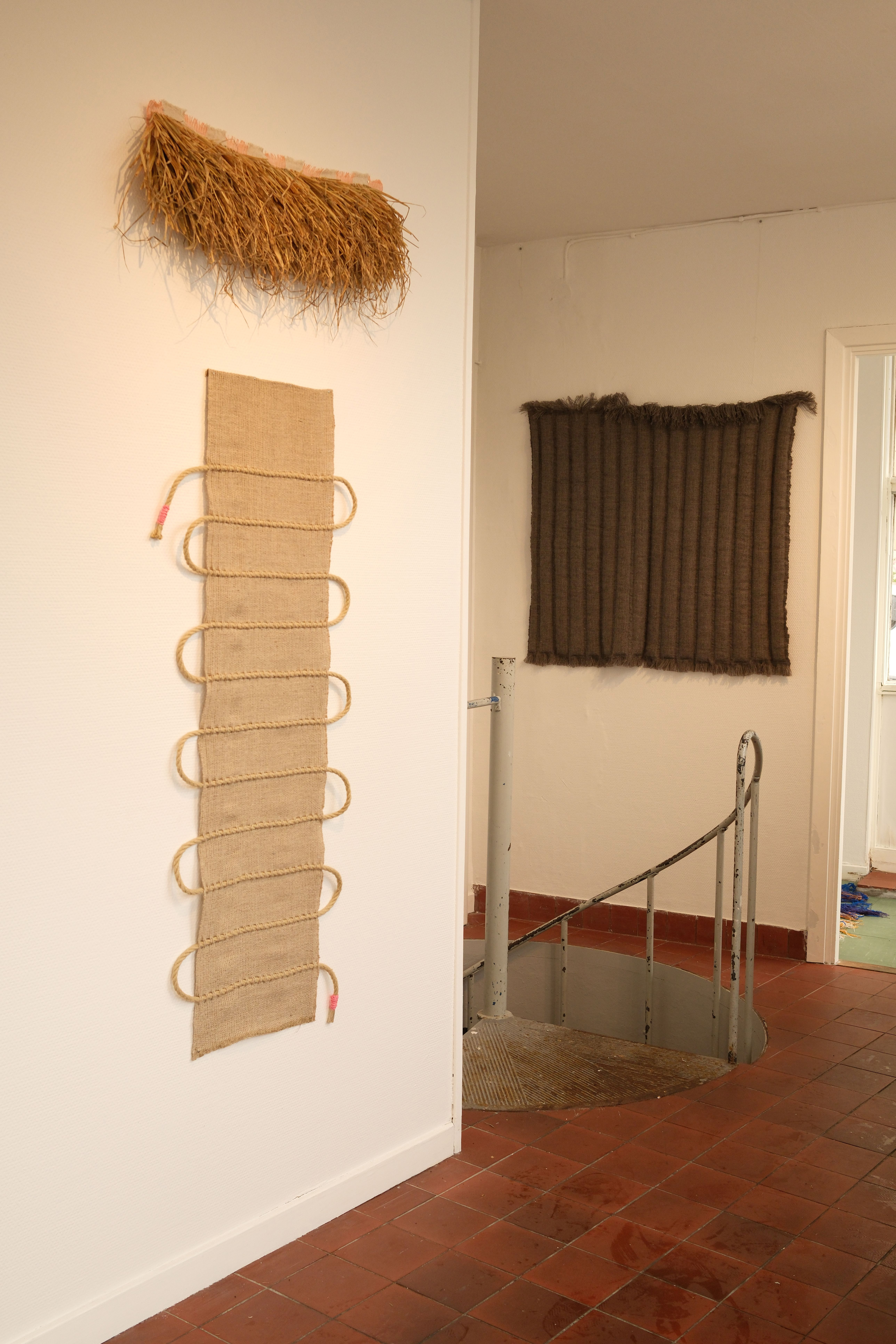
Woven pieces from Linn Karlsson and Sophie Toresson within the converted petrol station turned exhibition space, Tanken
A converted 1950s petrol station – now a tiny standalone building in a car park – has become one of Malmö’s newest exhibition spaces, Tanken. Run by designer Karin Mailänder, the bright modernist space played host to ‘Weave!’ during Southern Sweden Design Days, a show bringing together tapestry work from Mailänder and four others, all of whom are part of the local weaving cooperative MalmöVÄV. From Linn Karlsson's experimental work with straw and Storm Philippa Clarén's ‘woven’ porcelain pieces, as well as Mailänder's own colour-drenched twill pieces, the micro show hit a perfectly curated note.
Receive our daily digest of inspiration, escapism and design stories from around the world direct to your inbox.
BISe x SSDD
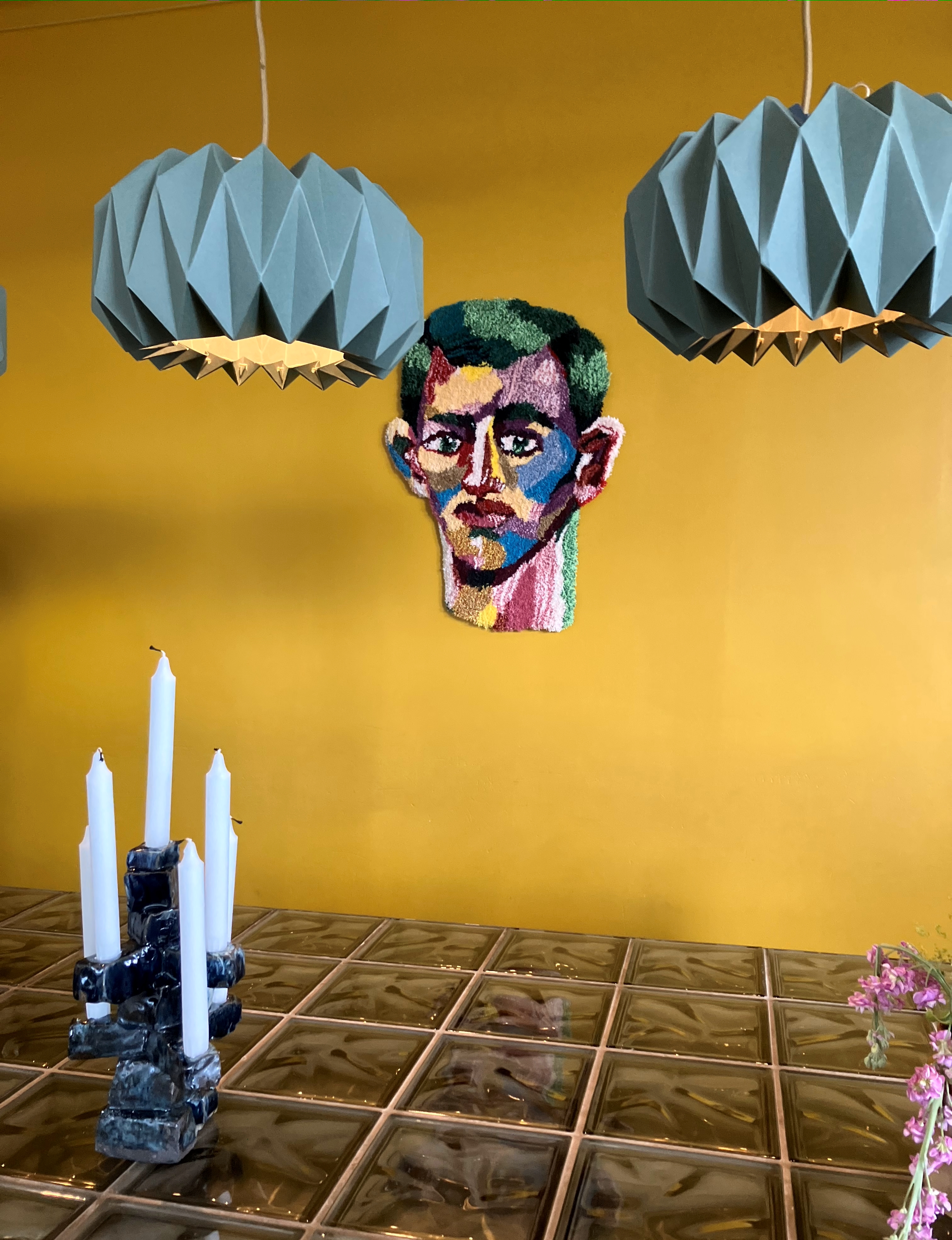
Emily Thornton's wall hanging, Malmö Möbelfabrik's lights and Patrizia Intiso's candle holder at BISe
One of Malmo’s many design-forward restaurants, BISe invited a range of designers to display objects in its colourful, plant-filled space. Above several tables, spherical pendant lamps were decorated with stickers by design agency Bill Studio stating ‘You are here’. On the wall, Amanda Monceau’s soft toy-like morning star was covered with smiling faces. Olof Janson’s delicate vases and Patrizia Intiso’s stoneware candle holders dotted the tables while Emily Thornton's colourful, painterly tufted wall hanging of a face brought dynamism to the restaurant entrance.
Väntrum
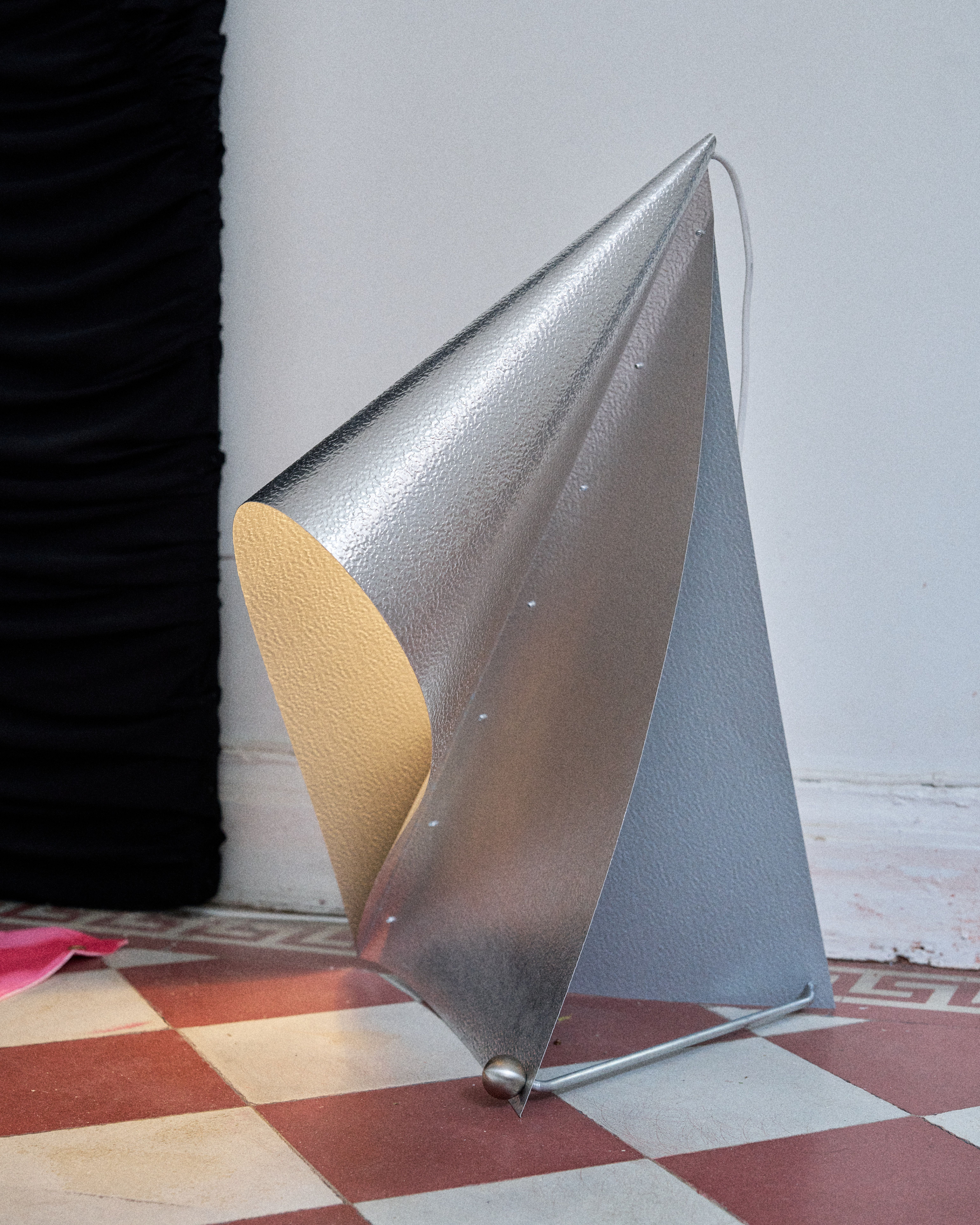
In ‘Väntrum’ (Waiting Room), collectible design included work by Better Weather Design Studio
Curated by designers My Comét and Stina Henriksson, whose work also features in the show, ‘Väntrum’ (translating to ‘Waiting Room’) was perhaps the pinnacle of the programme: a small but mighty exhibition of brilliant collectible furniture and decor from 31 contemporary designers, inviting visitors to sit and interact. Particular delight came from Better Weather Design Studio, a Copenhagen duo making playful interior objects, Ebba Lindgren, who showcased a mesmerising ruched-fabric light, and August Bällgren, whose intricately engraved plywood chair stole the show for many. Saying that, we would have happily taken home everything.
Eagerly Awaiting the Storm by Nåme
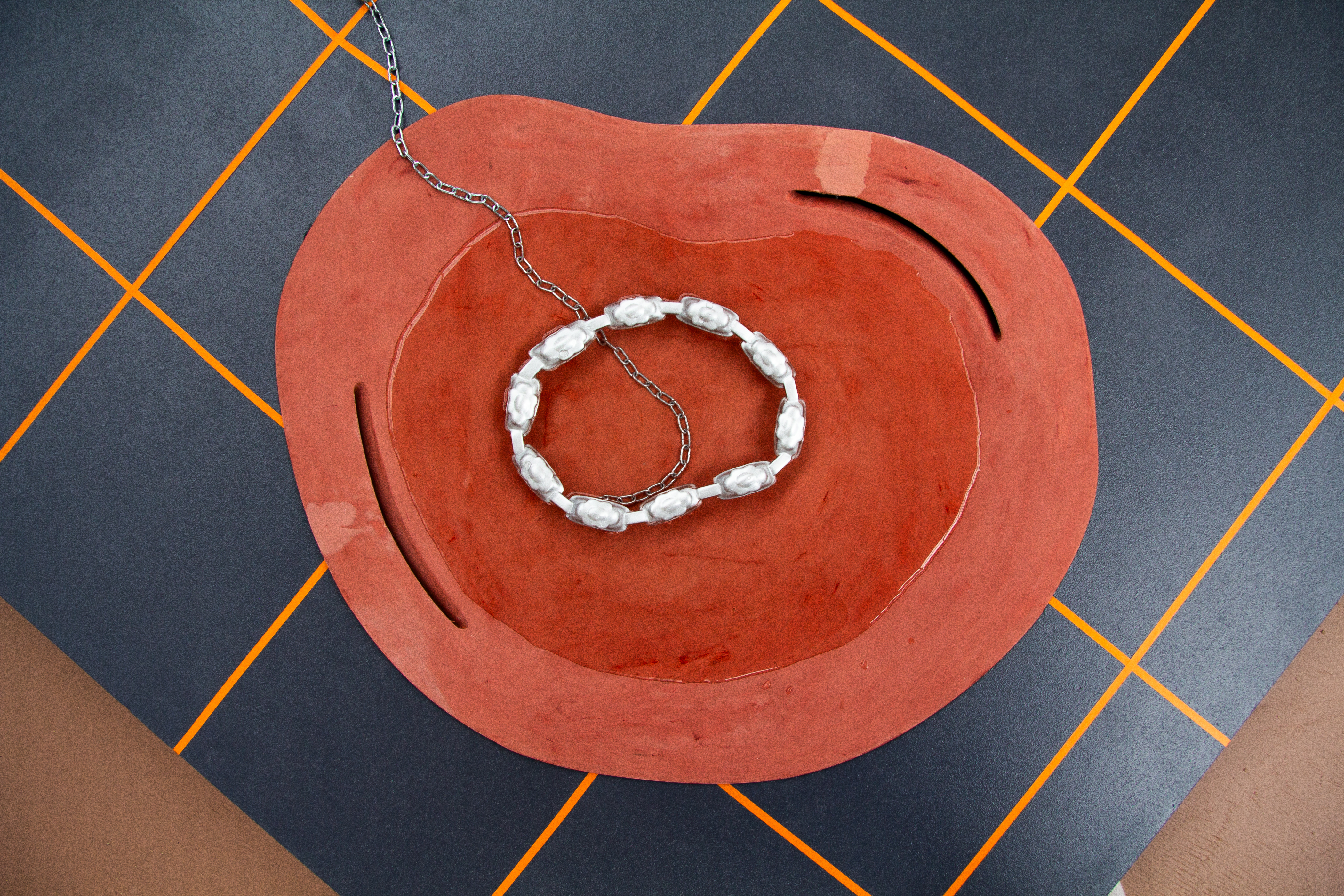
Sculptural objects float in Nåme’s rainwater collection basins
A playful yet practical meditation on the issue of stormwater flooding in public space, Nåme’s project combines a system of rainwater collection with a public design installation. Colourful basins, designed for a public square, feature sculptural objects attached by chains, which represent memory-laden personal belongings at risk of flood damage. When heavy rain falls, the basins fill with water, becoming puddles on top of which the objects float. In Nåme’s proposed design, the rainwater drains through holes in the basin, instead of flooding the public space – findings its way down to cisterns, where it is filtered and reused to become drinking water.
Hook Me Up
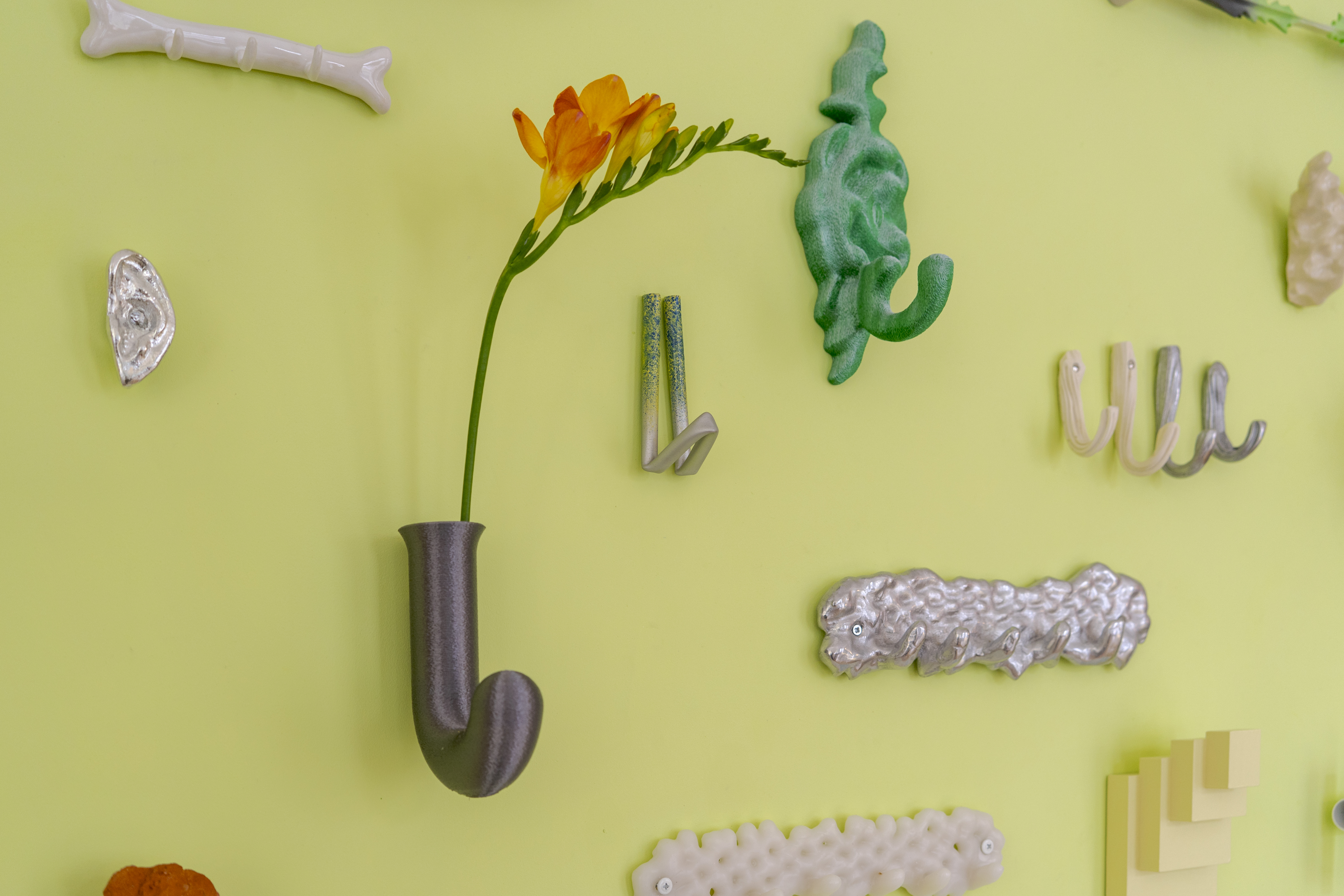
Works on show included a tin ear hook by Kajsa Willner, a hook-vase by Gustav Carlberg and a green 3D-printed hook by Sofie Håwi
Inviting multiple designers to produce pieces on a shared theme seems to always yield deeply satisfying results, and this show, ‘Hook Me Up’, was no different. Ebba Lindgren and Pia Högman – as part of newly established creative space Streck Office – asked 30 designers to produce a hook in any form they wanted (Mariah Nielson did something similar for Blunk Space in 2023 – ‘100 Hooks’). Contributions included Kajsa Willner’s ear-shaped tin hook, Yang Yong Kang’s mirrored wooden cabinet of hooks, and a 3D-printed piece by Sofie Håwi inspired by a hook her grandfather once carved.
But another dimension to the show gave new meaning to its title. Accompanying the hooks was a participatory noticeboard, where anyone could write who they were and what they were looking for, professionally – a designer seeking a stonemason or an artist needing a photographer, for example. Lindgren and Högman busily shared the notices on Instagram to connect the dots and ‘hook’ people up. It was a joyful reflection of Malmö’s truly collaborative spirit.
Francesca Perry is a London-based writer and editor covering design and culture. She has written for the Financial Times, CNN, The New York Times and Wired. She is the former editor of ICON magazine and a former editor at The Guardian.
-
 La Monique brings the French Riviera to Santa Monica
La Monique brings the French Riviera to Santa MonicaA transportive room of velvet, candlelight, and Riviera chic, serving French favourites with a modern wink
-
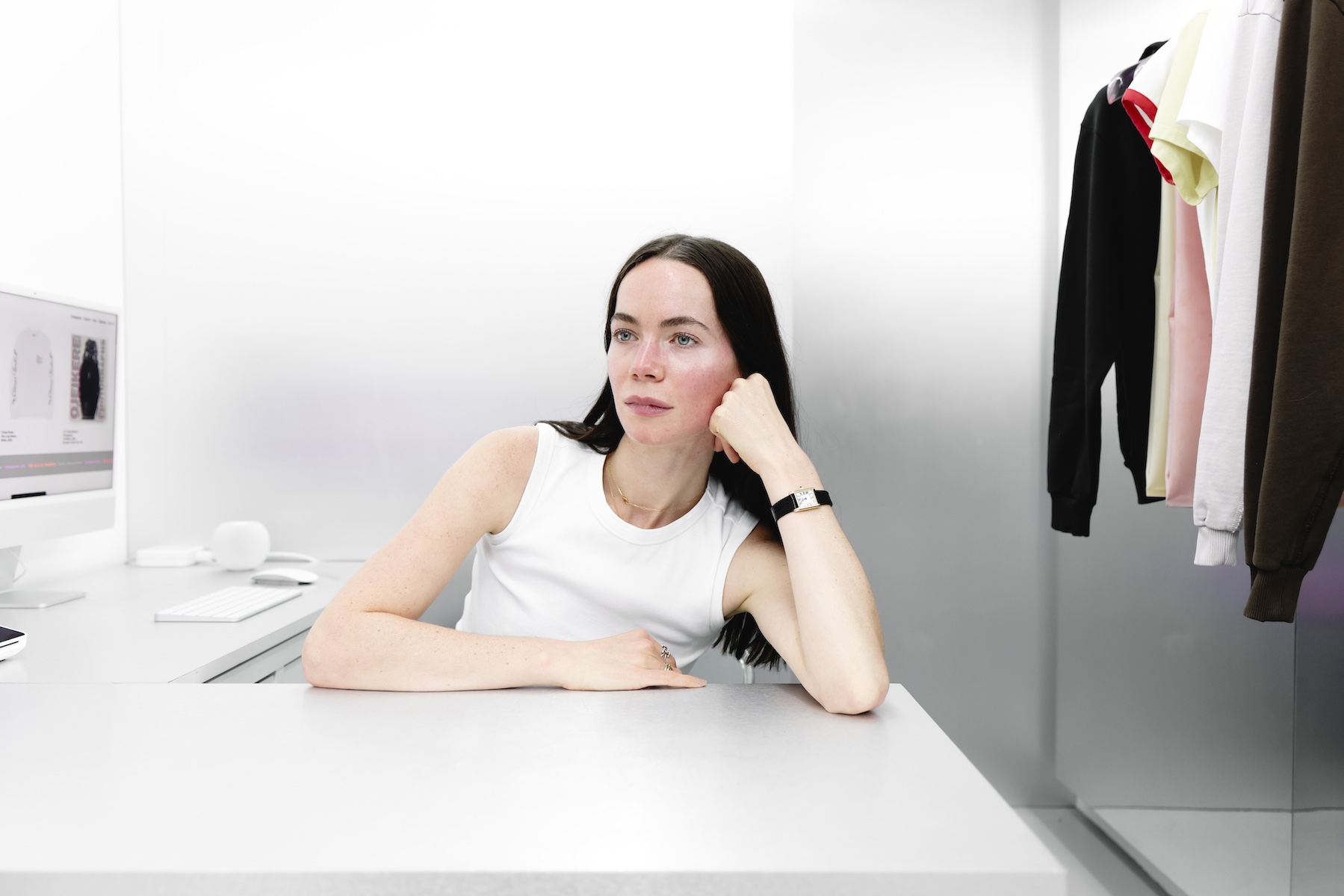 Kat Milne is the designer behind fashion’s most intriguing retail spaces
Kat Milne is the designer behind fashion’s most intriguing retail spacesInfused with elements of the surreal, Kat Milne has designed stores for the likes of Marc Jacobs, Sandy Liang and A24. ‘People are looking for a more tactile experience,’ she tells Wallpaper*
-
 A refreshed 1950s apartment in East London allows for moments of discovery
A refreshed 1950s apartment in East London allows for moments of discoveryWith this 1950s apartment redesign, London-based architects Studio Naama wanted to create a residence which reflects the fun and individual nature of the clients
-
 Svenskt Tenn shrinks a century of interiors into miniature form
Svenskt Tenn shrinks a century of interiors into miniature formThe Swedish design company creates dollhouse-sized fabrics and furnishings for its latest exhibition, ‘Svenskt Tenn on a Small Scale’ (until 19 October 2025)
-
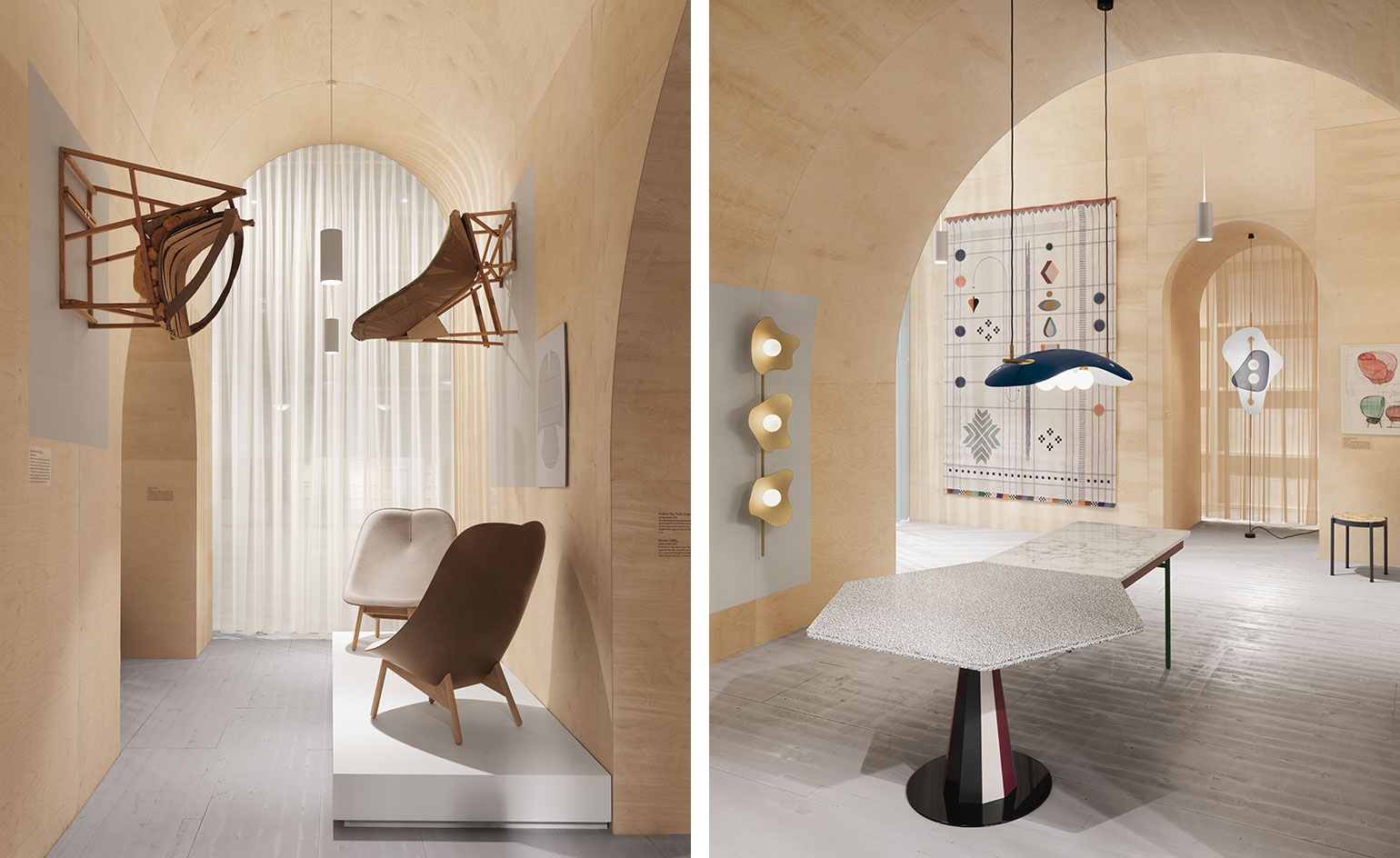 Feminism, fantasy and furniture at Stockholm Design Week 2020
Feminism, fantasy and furniture at Stockholm Design Week 2020We traversed the Swedish capital to unlock the unmissable events at Stockholm Design Week 2020 (3-9 February) that included responsible design at Stockholm Furniture Fair, pop-ups in restaurants and ex-military bases, plus a recreated artist’s atelier
-
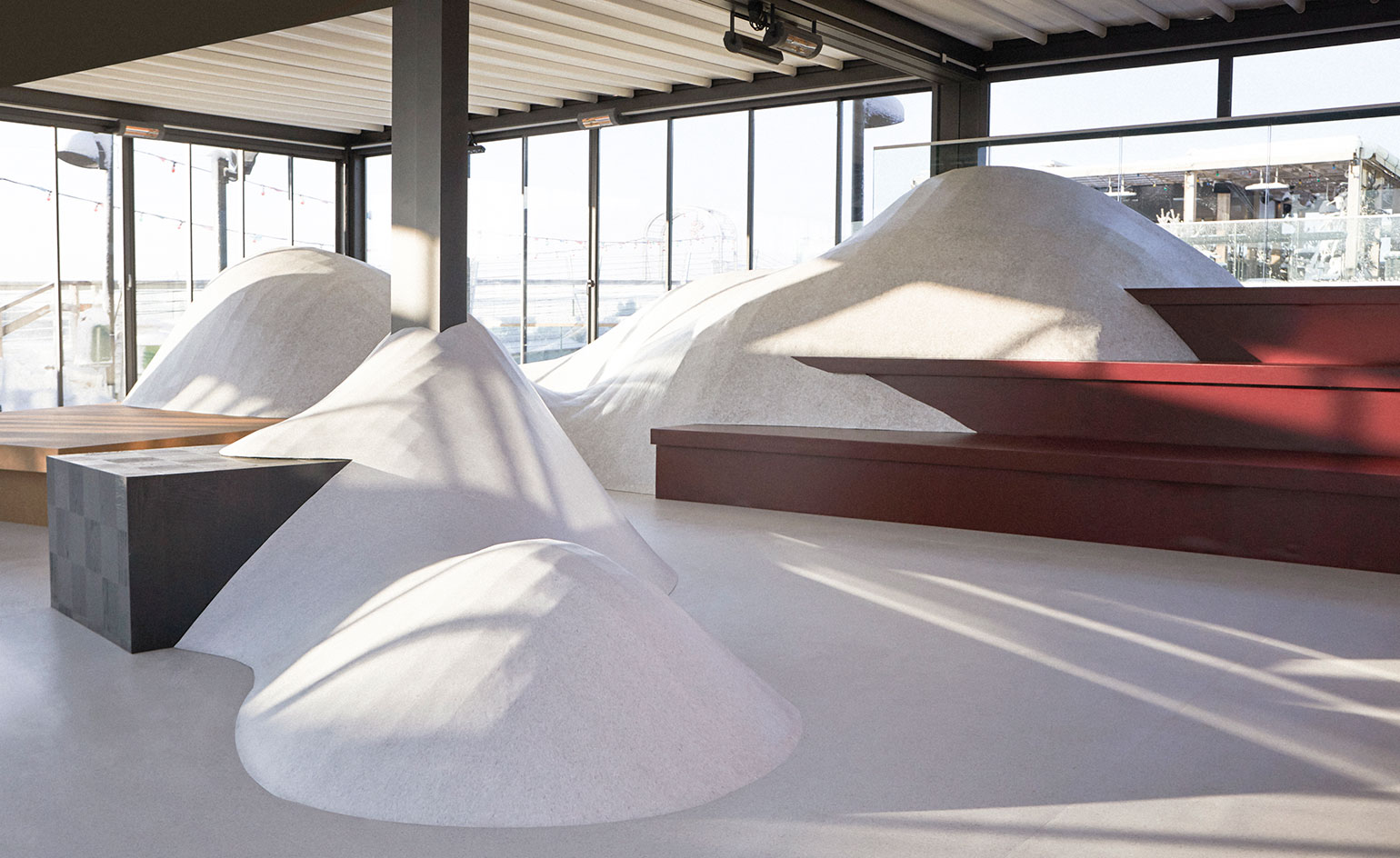 A snowtopped landscape at Stockholm Design Week showcases the beauty of vinyl flooring
A snowtopped landscape at Stockholm Design Week showcases the beauty of vinyl flooring -
 A 19th-century former crispbread factory and residence showcases new designs at Stockholm Design Week
A 19th-century former crispbread factory and residence showcases new designs at Stockholm Design Week -
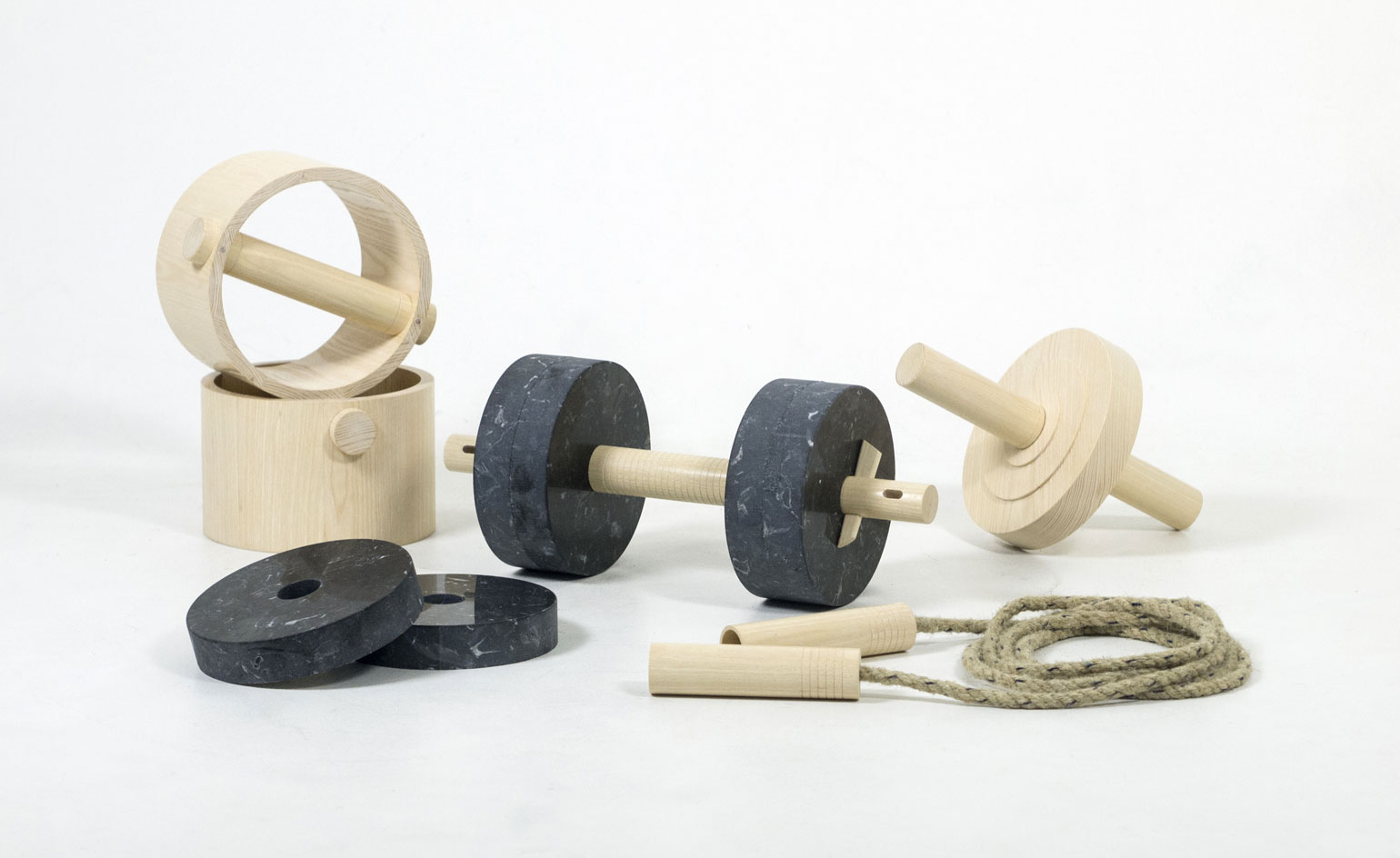 'Femton': an organic workout collection from Ali Safa A and Analogue Ways
'Femton': an organic workout collection from Ali Safa A and Analogue Ways -
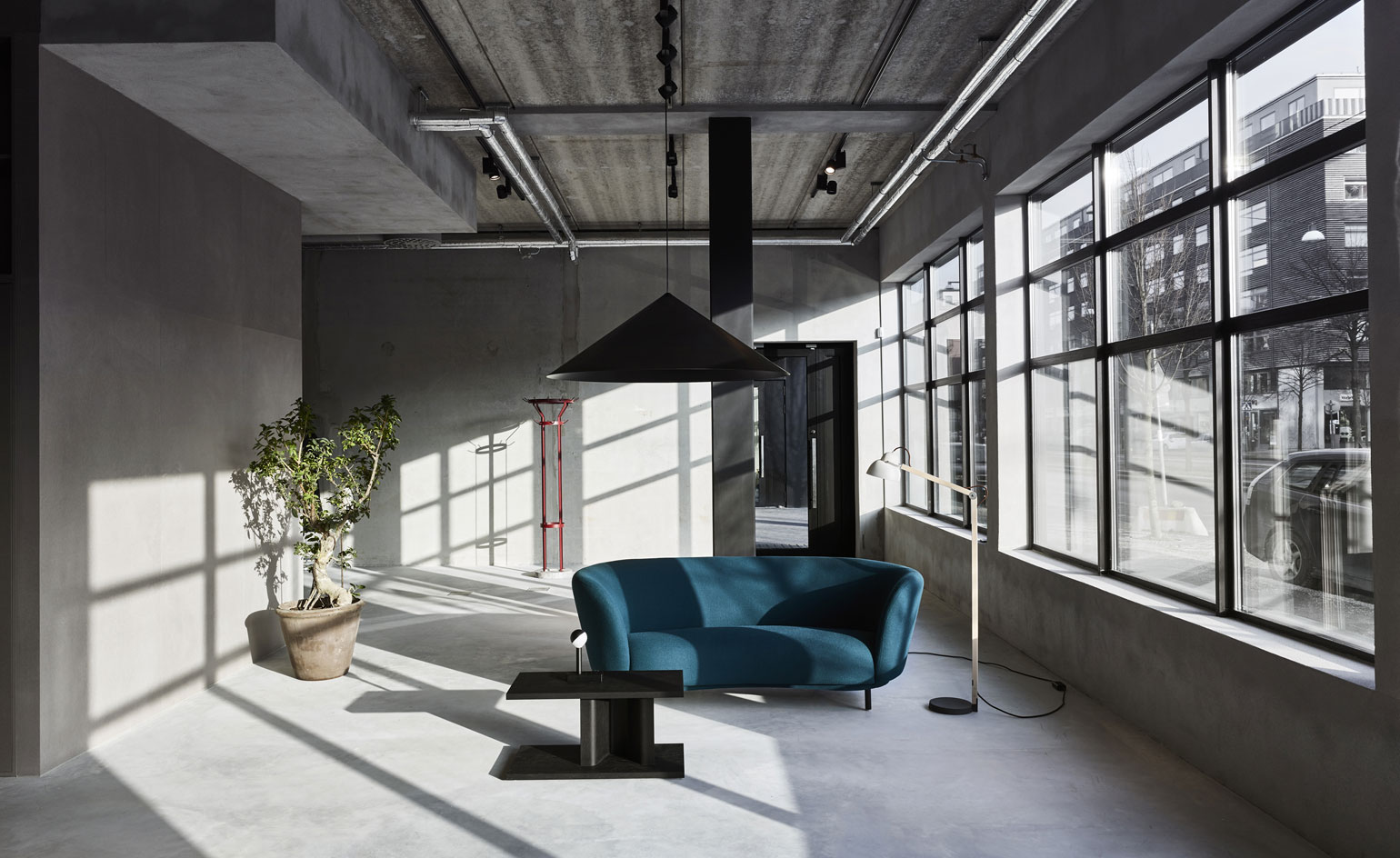 Two’s company: Massproductions and Wästberg open Stockholm showroom
Two’s company: Massproductions and Wästberg open Stockholm showroom -
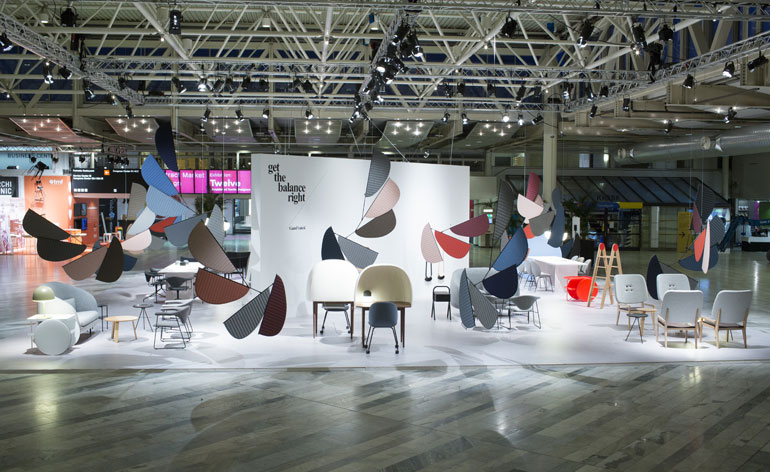 Stockholm Furniture Fair 2014: new launches and artful collaborations
Stockholm Furniture Fair 2014: new launches and artful collaborations -
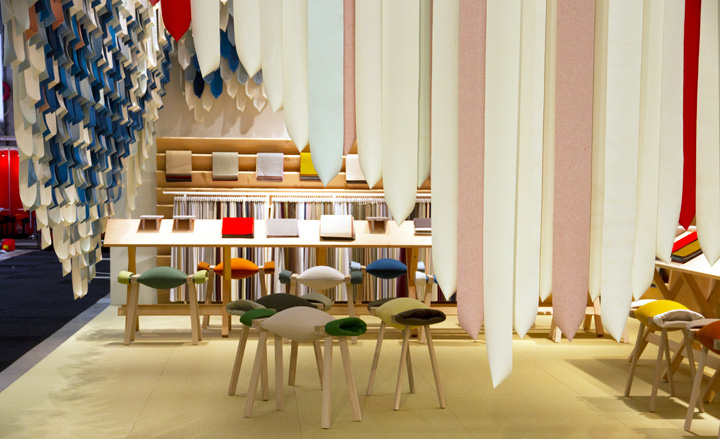 Stockholm Furniture Fair 2013
Stockholm Furniture Fair 2013